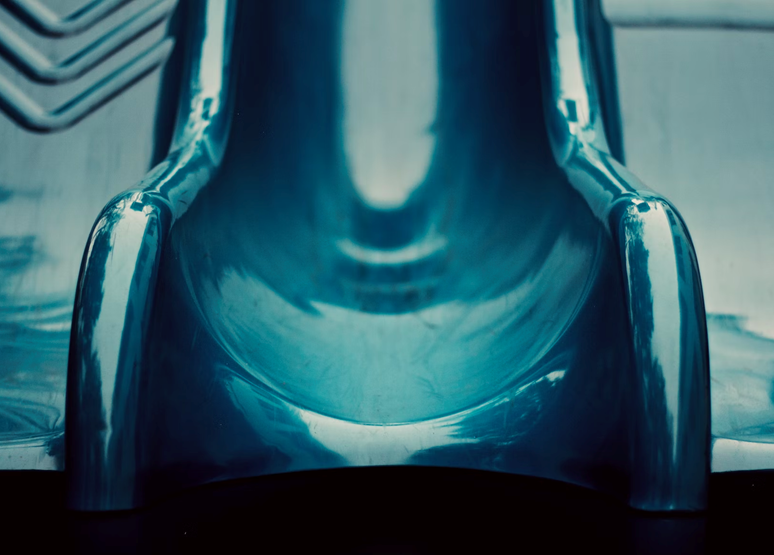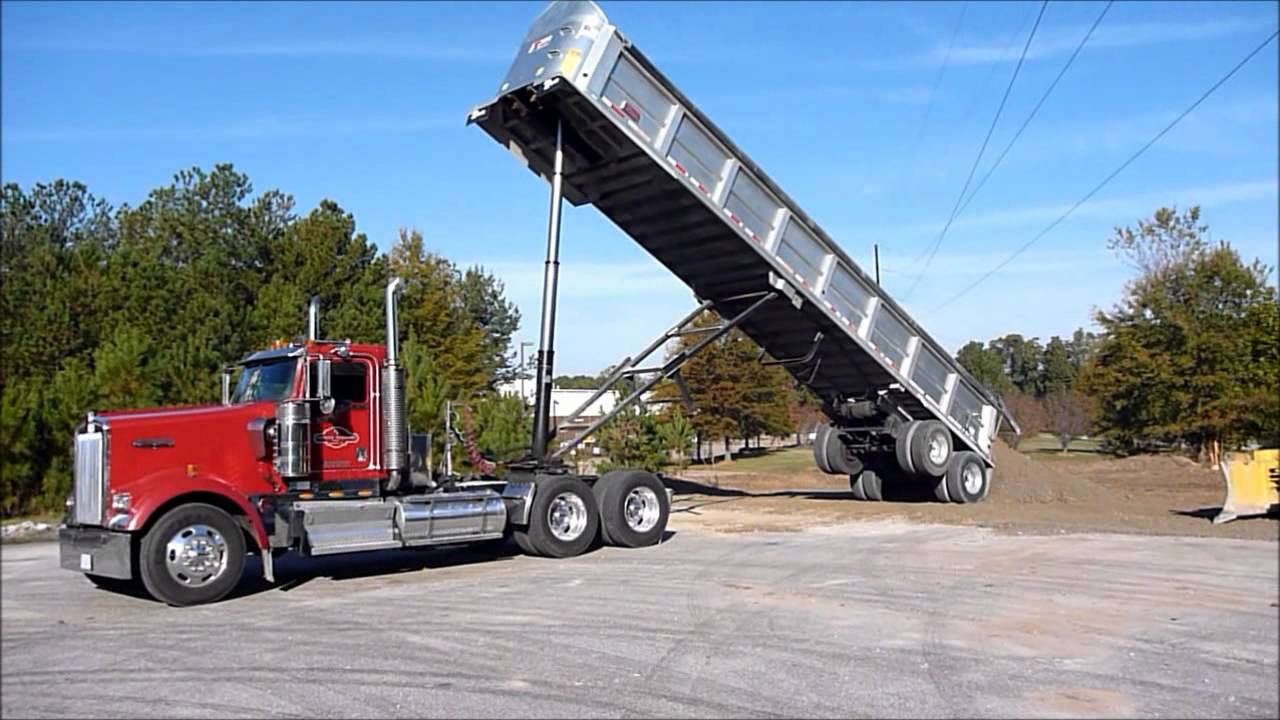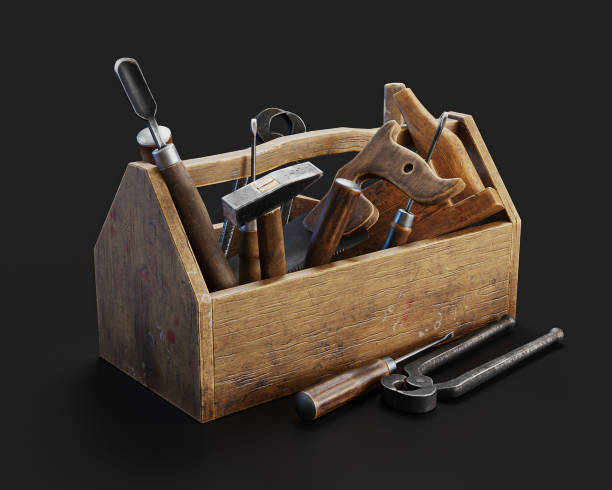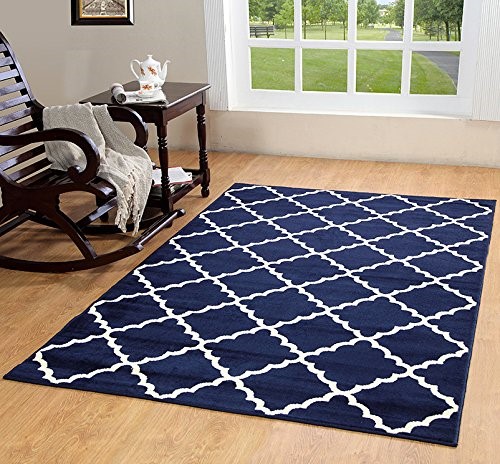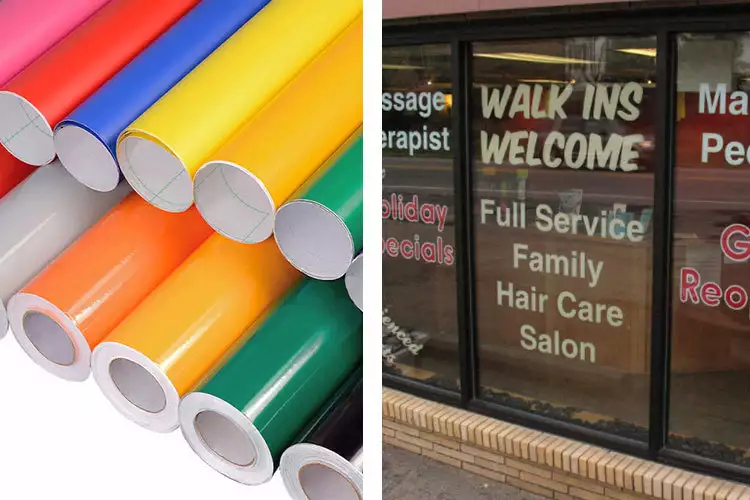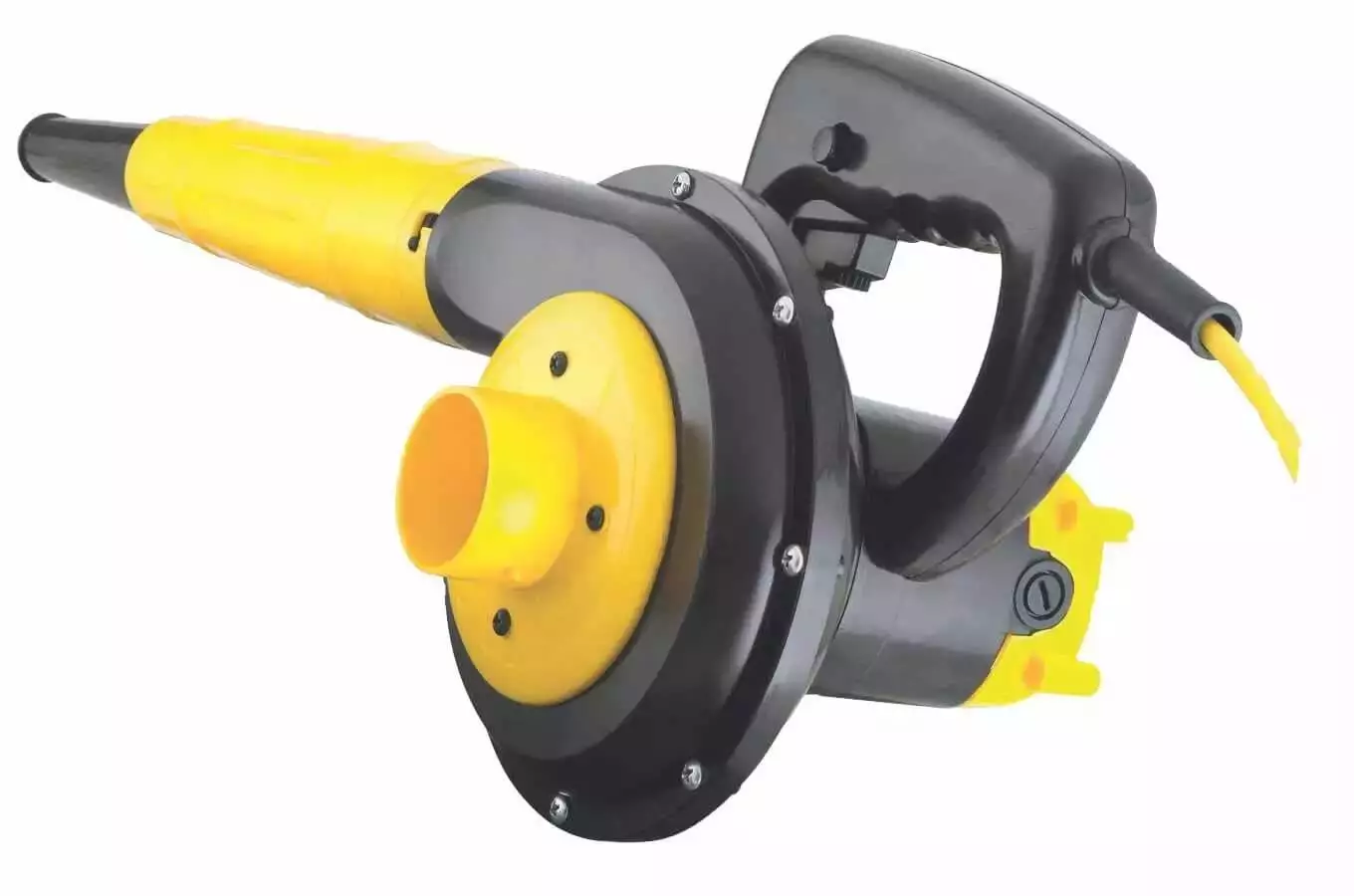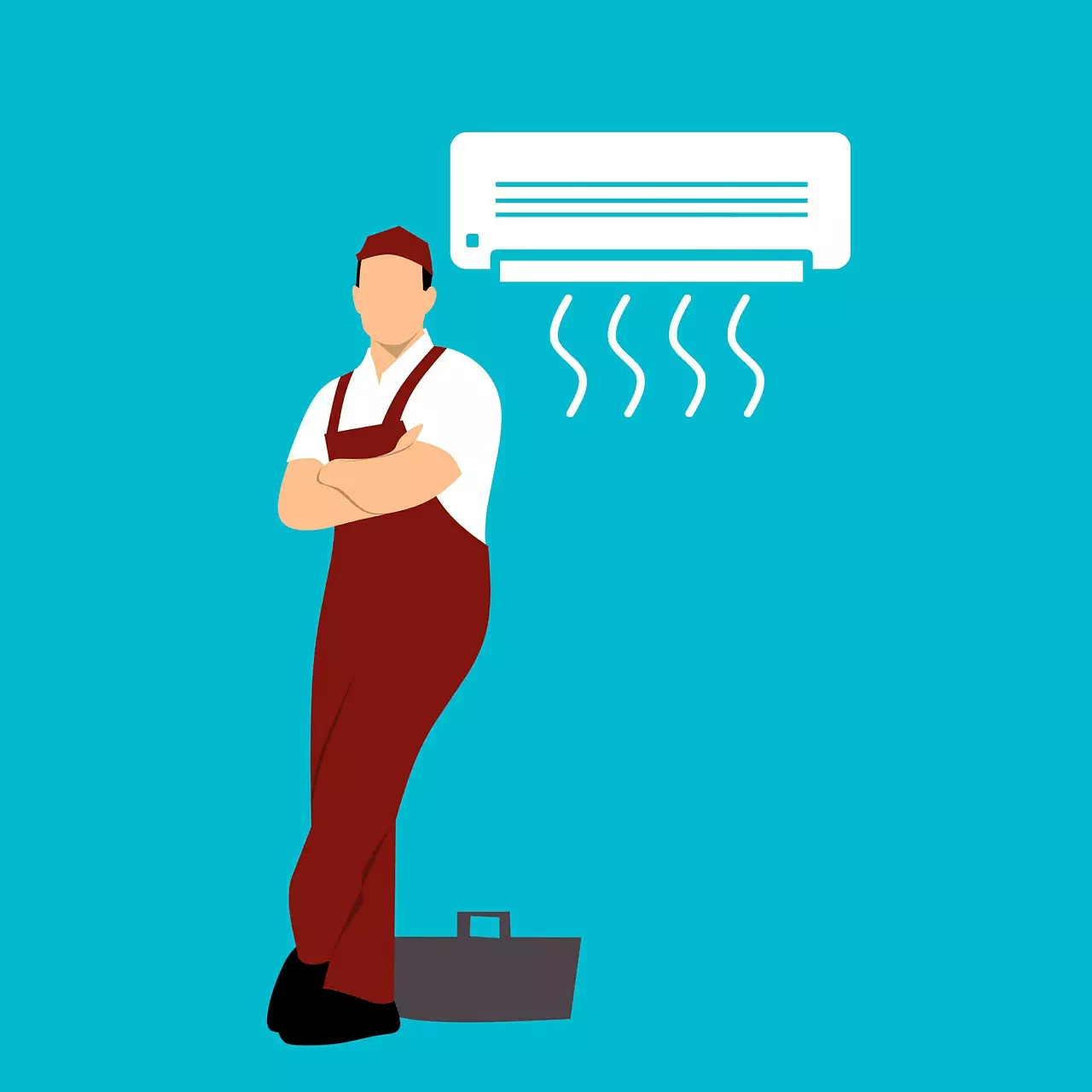If you’ve ever tried to loosen a stubborn nut or bolt and found that it seems stuck in place, you’re not alone. This common problem, known as galling, can be frustrating and time-consuming to deal with. In this article, we’ll discuss what causes galling and how you can prevent and fix it.
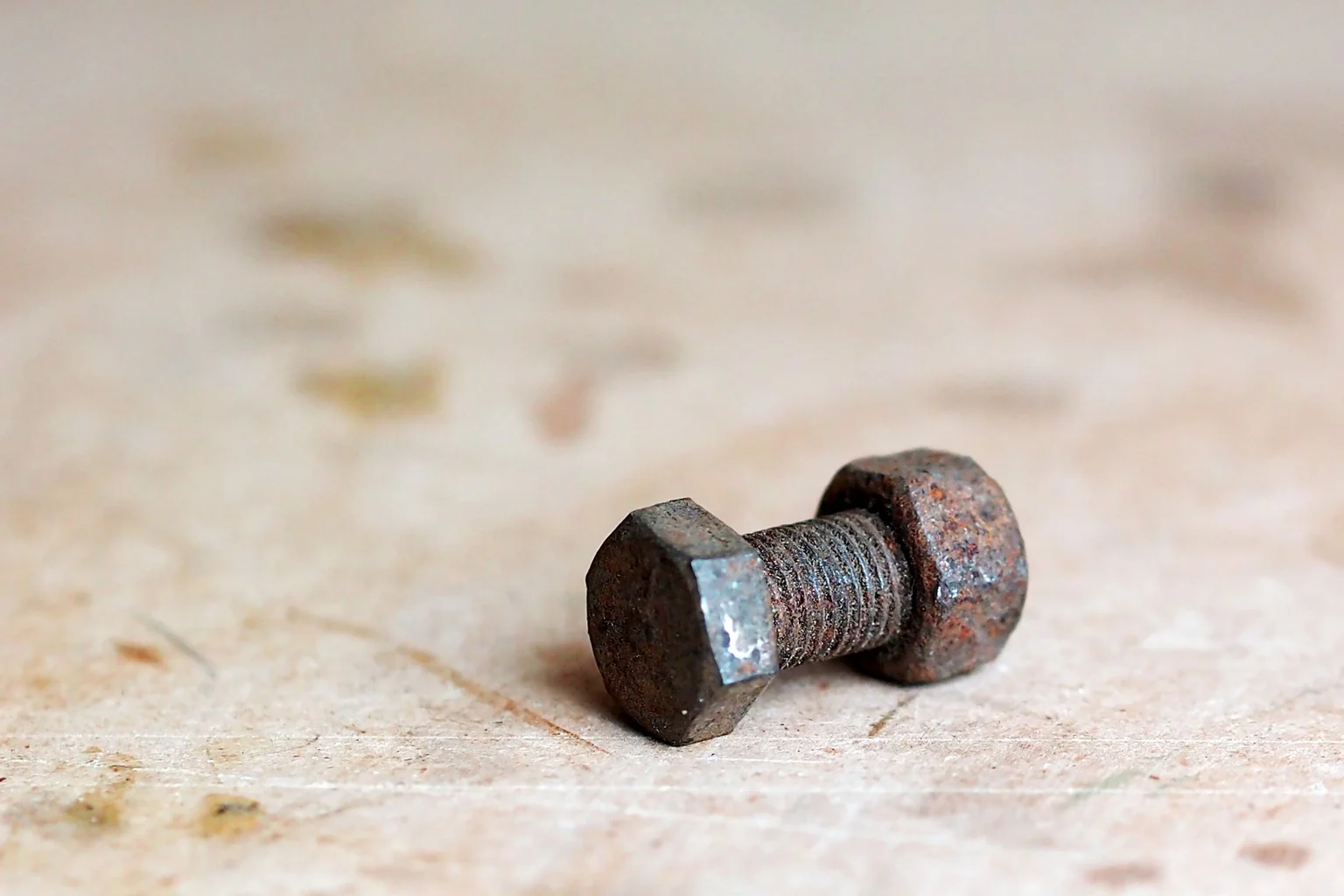
What is Galling?
Galling is a type of friction-induced wear that occurs when two metal surfaces rub against each other. It is common with nuts and bolts, but it can also occur with other types of metal components that are subjected to high levels of friction.
When two metal surfaces rub against each other, they can become stuck together, making it difficult to loosen or tighten the nut or bolt. In severe cases, the surfaces may become welded together, making them almost impossible to separate.
Galling is caused by a variety of factors, including:
- High levels of friction: When metal surfaces are subjected to high levels of friction, they can become stuck together. This is especially true if the surfaces are not lubricated or if they are made of materials with different coefficients of friction.
- Improper fit: If the nut and bolt are not properly matched in size and threading, it can lead to galling. This is because the surfaces may not be evenly aligned, which can increase friction and make it more difficult to loosen or tighten the fastener.
- Contaminants: Contaminants, such as dirt, oil, or rust, can cause galling by increasing friction and making it more difficult to loosen or tighten the fastener.
- Corrosion: Corrosion can also cause galling by creating rough or uneven surfaces that increase friction. This is especially true if the fastener is made of a material that is prone to corrosion, such as carbon steel.
How to Prevent Galling
Galling can be frustrating and costly, so it is important to take steps to prevent it. Here are a few tips for preventing galling:
- Use lubricants: Lubricants can help to reduce friction and prevent galling. Choose a lubricant that is appropriate for the type of metal and the conditions in which the fastener will be used. For example, a lubricant that is suitable for use in wet or salty environments may be a good choice for outdoor projects.
- Use the right fastener: Choose a fastener that is appropriate for the size and strength requirements of your project. In addition, consider using a fastener made of a material that is resistant to galling, such as stainless steel or bronze.
- Use anti-galling coatings: Anti-galling coatings, such as zinc or nickel, can help to reduce friction and prevent galling. These coatings can be applied to the surface of the fastener to create a smooth, low-friction surface.
- Avoid over-tightening: Over-tightening a fastener can increase friction and cause galling. Use a torque wrench to tighten fasteners to the recommended torque level to avoid over-tightening.
How to Fix Galling
If you are dealing with a stuck nut or bolt that has become galled, there are a few things you can try to fix it:
- Apply lubricant: If the fastener is stuck due to high levels of friction, applying a lubricant may help to loosen it. Be sure to use a lubricant that is appropriate for the type of metal and the conditions in which
- Apply Heat: Heat the fasteners up with a torch and get to turning! Heat and lubricant should help,
We hope this helps!

I am Scott Miller and my love is writing about home improvement. I write mostly about home ideas, but also share some tips and tricks that can make your life easier when it comes to getting things done in the house.
